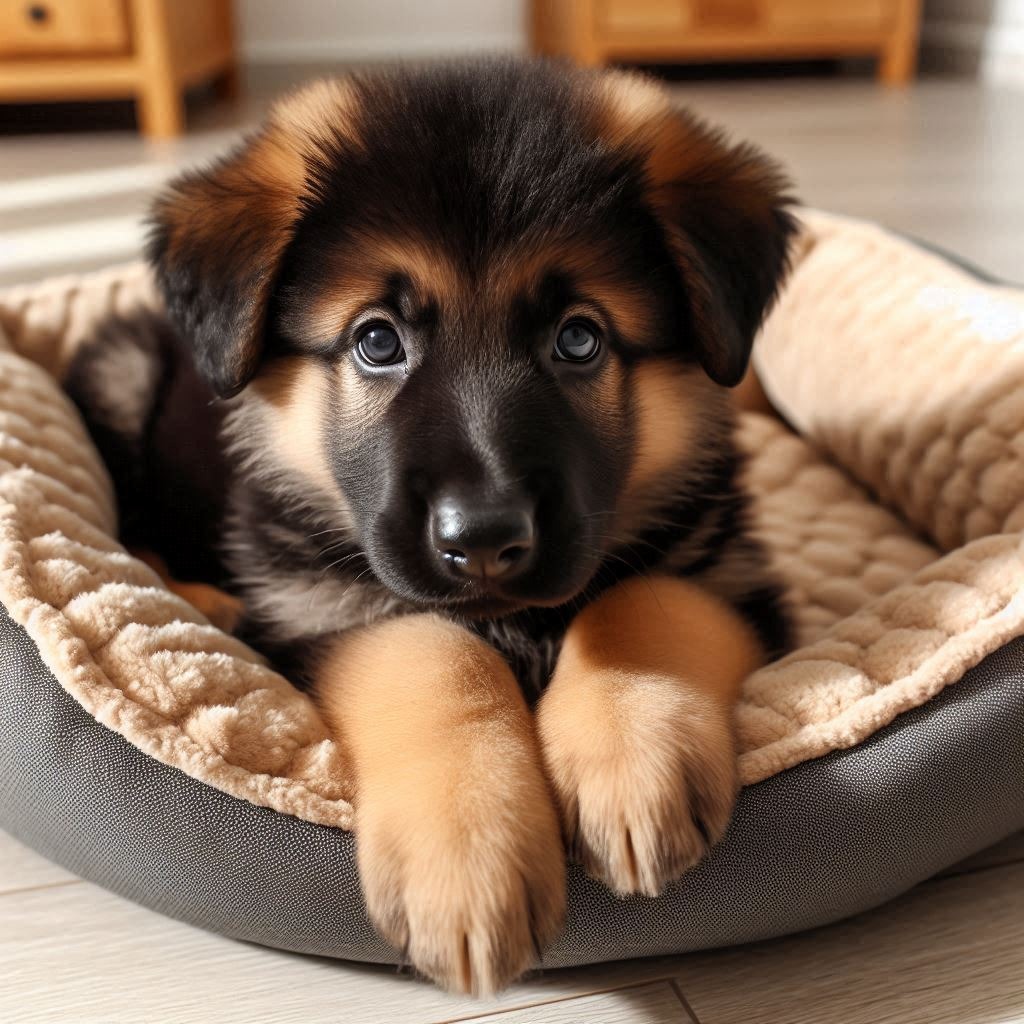Training a puppy can be an exciting yet challenging experience. To ensure a smooth training process and develop a well-behaved adult dog, it’s essential to know not just the do’s but also the don’ts. Here are some critical “don’ts” to keep in mind when training your new furry friend.

#1 – Don’t Use Physical Punishment
One of the most crucial rules in puppy training is to avoid physical punishment. Hitting, slapping, or using any form of physical discipline can lead to fear, anxiety, and aggression in puppies. Instead, focus on positive reinforcement techniques, such as rewarding good behavior with treats, praise, or playtime.
#2 – Don’t Expect Immediate Results
Puppies are like young children; they require time to learn and understand new commands. Don’t expect immediate results from your training sessions. Patience is key. Consistent training, repetition, and positive reinforcement will eventually yield the desired results.
#3 – Don’t Overwhelm Your Puppy with Long Training Sessions
Puppies have short attention spans, so it’s essential to keep training sessions brief and engaging. Aim for sessions that last between 5 to 10 minutes, and avoid overwhelming your puppy with long, tedious training periods. Short, frequent sessions are more effective and keep your puppy interested and motivated.
#4 – Don’t Use Inconsistent Commands
Consistency is vital in puppy training. Using different words or phrases for the same command can confuse your puppy. Stick to one command per action and ensure everyone in the household uses the same terms. For example, if you’re teaching your puppy to sit, always use the word “sit” and avoid variations like “down” or “rest.”
#5 – Don’t Neglect Socialization
Socialization is a crucial part of a puppy’s development. Don’t keep your puppy isolated from new experiences, people, and other animals. Proper socialization helps prevent fear and aggression and ensures your puppy grows into a well-adjusted adult dog. Introduce your puppy to various environments, sounds, and situations gradually and positively.
#6 – Don’t Reward Bad Behavior
It’s essential to avoid unintentionally reinforcing bad behavior. For example, if your puppy is barking for attention and you respond by petting or talking to them, you’re rewarding the barking. Instead, ignore undesirable behaviors and only give attention when your puppy is calm and well-behaved.
#7 – Don’t Skip Crate Training
Crate training is an effective way to provide your puppy with a safe and secure space. Don’t skip this step in your training process. A properly crate-trained puppy will view the crate as their den, which can aid in house training and prevent destructive behavior when you’re not home.
#8 – Don’t Forget to Puppy-Proof Your Home
Puppies are naturally curious and can get into trouble if your home isn’t puppy-proofed. Don’t forget to remove hazards such as electrical cords, toxic plants, and small objects that can be swallowed. Creating a safe environment for your puppy is essential for their well-being and your peace of mind.
#9 – Don’t Overfeed Treats
While treats are an excellent tool for positive reinforcement, it’s crucial not to overdo it. Overfeeding treats can lead to obesity and other health issues. Use small, healthy treats and consider incorporating other forms of rewards, such as praise or playtime, to avoid excessive calorie intake.
#10 – Don’t Ignore Professional Help
If you’re struggling with training your puppy or dealing with specific behavioral issues, don’t hesitate to seek professional help. A qualified dog trainer or behaviorist can provide guidance and support tailored to your puppy’s needs, ensuring a successful training journey.
Conclusion
Puppy training requires patience, consistency, and understanding. By avoiding these common pitfalls, you can create a positive and effective training experience for both you and your puppy. Remember, the goal is to build a strong, trusting relationship with your furry friend, leading to a happy and well-behaved adult dog.
